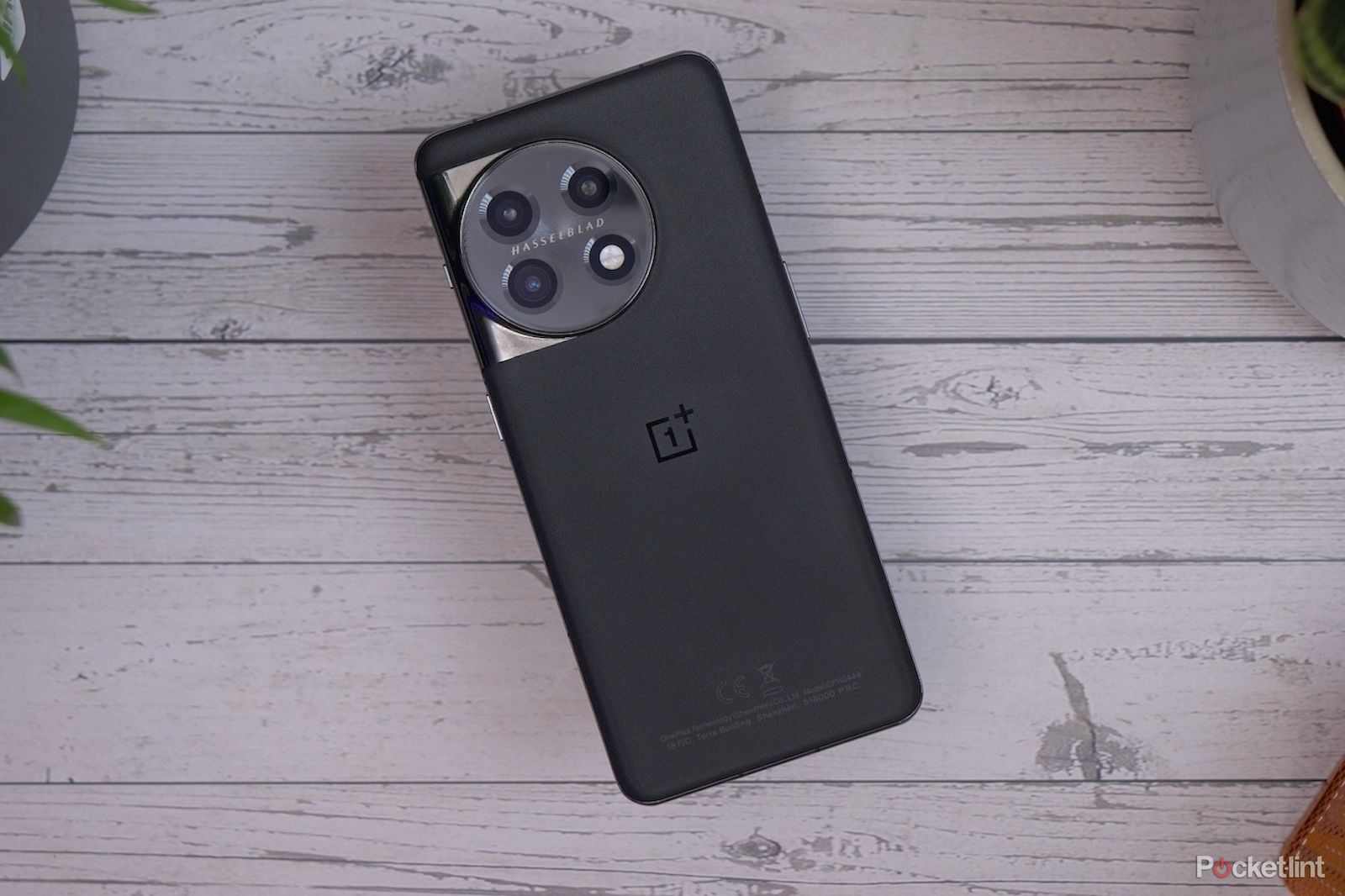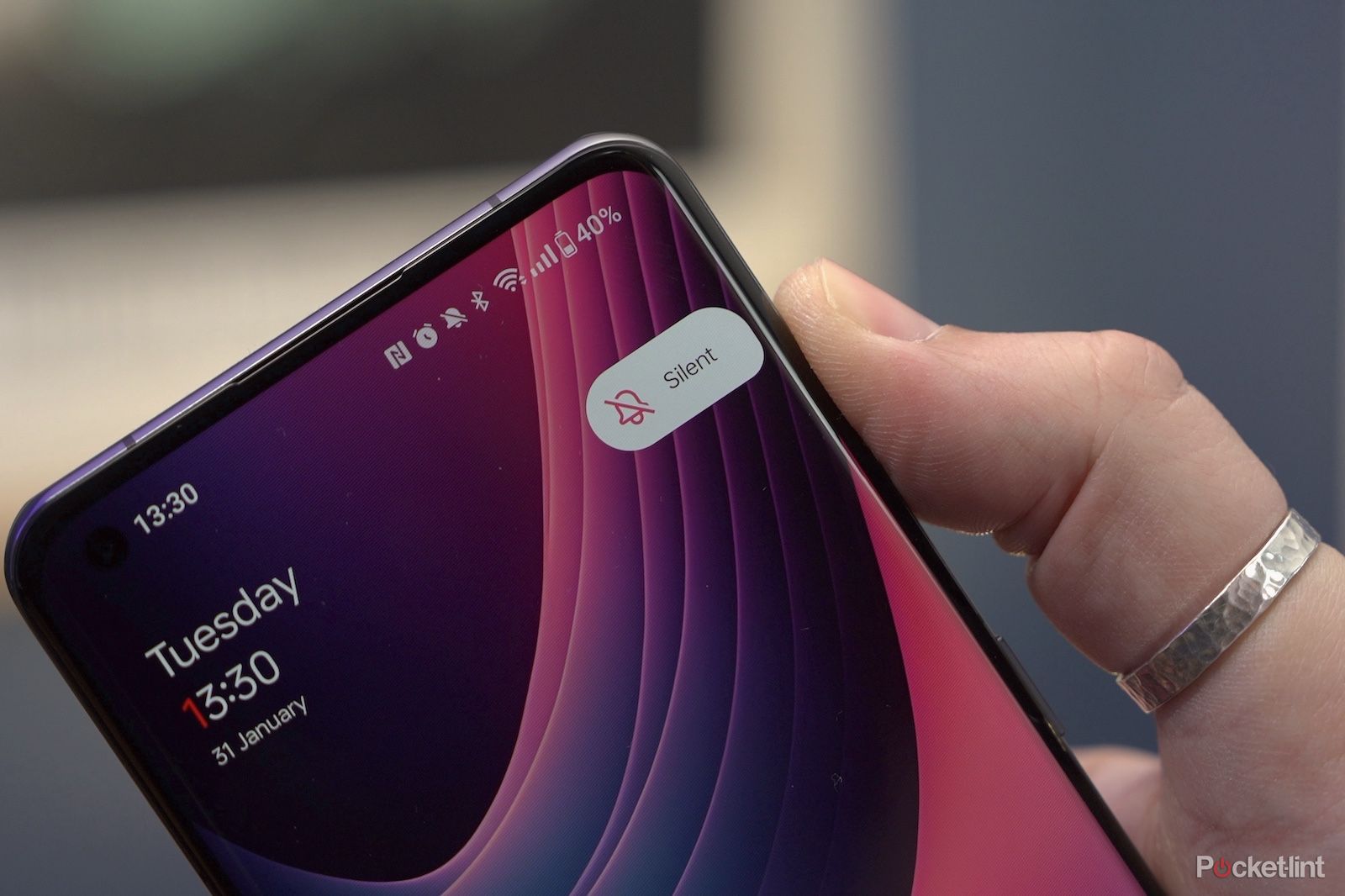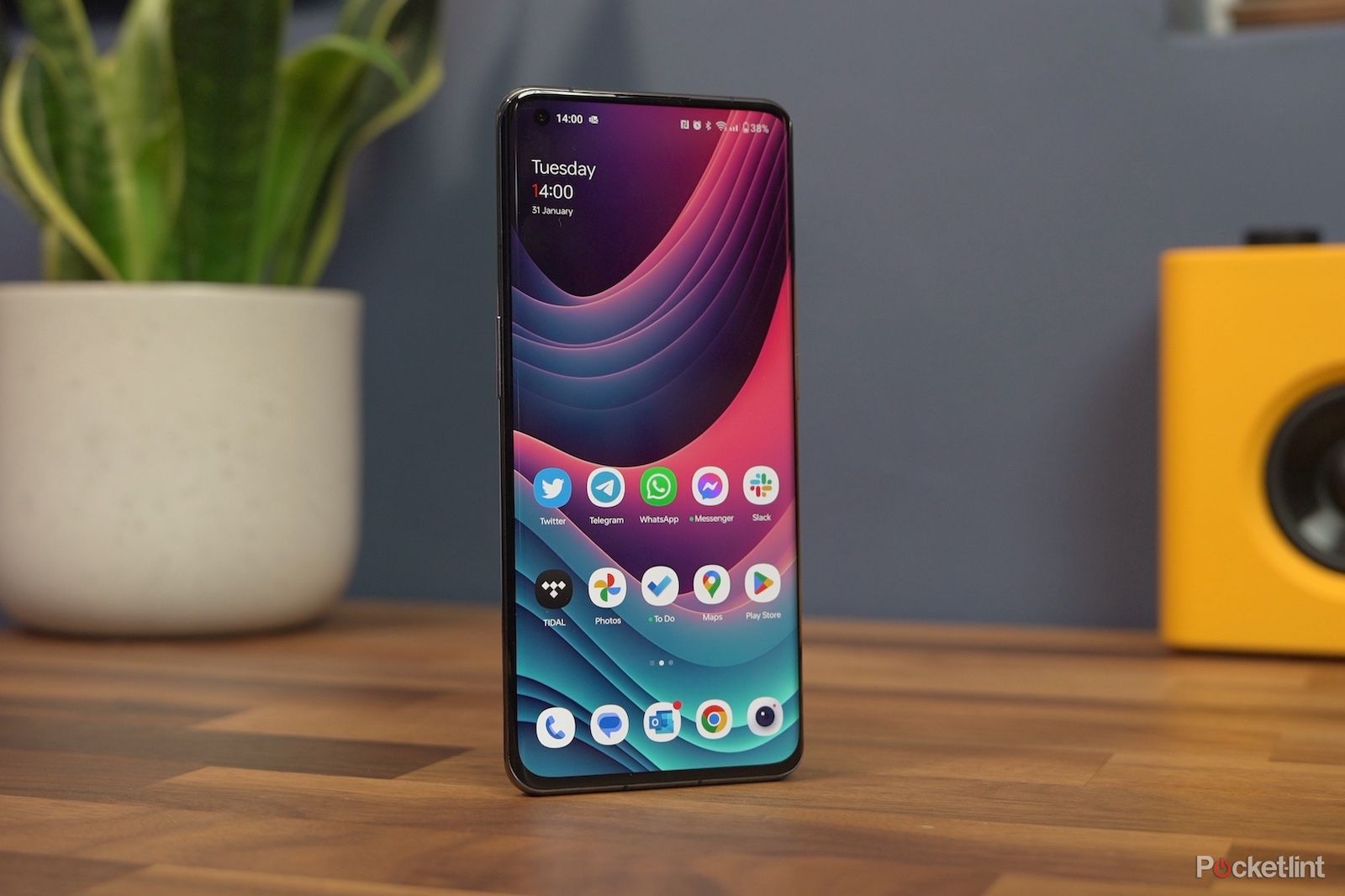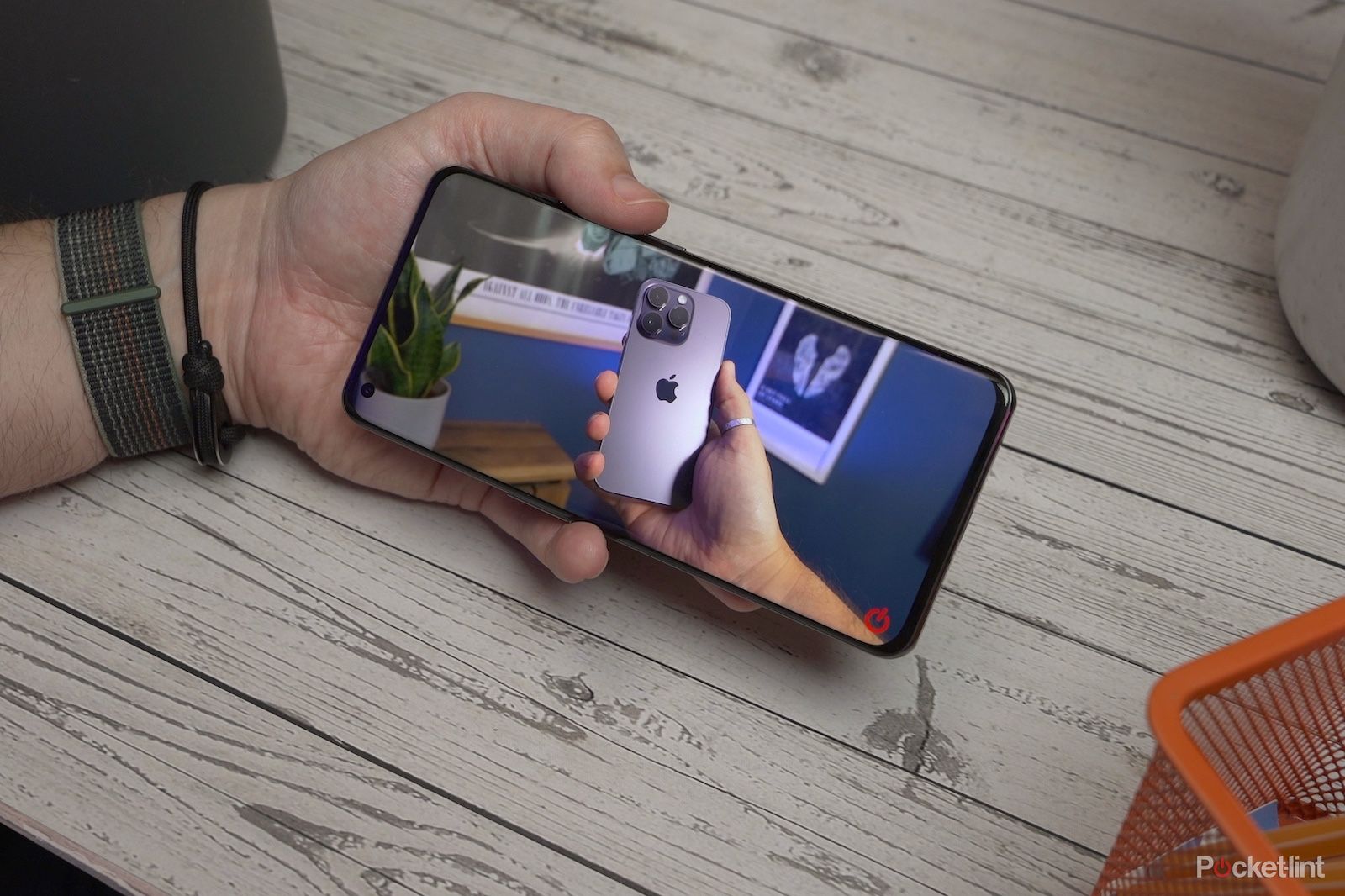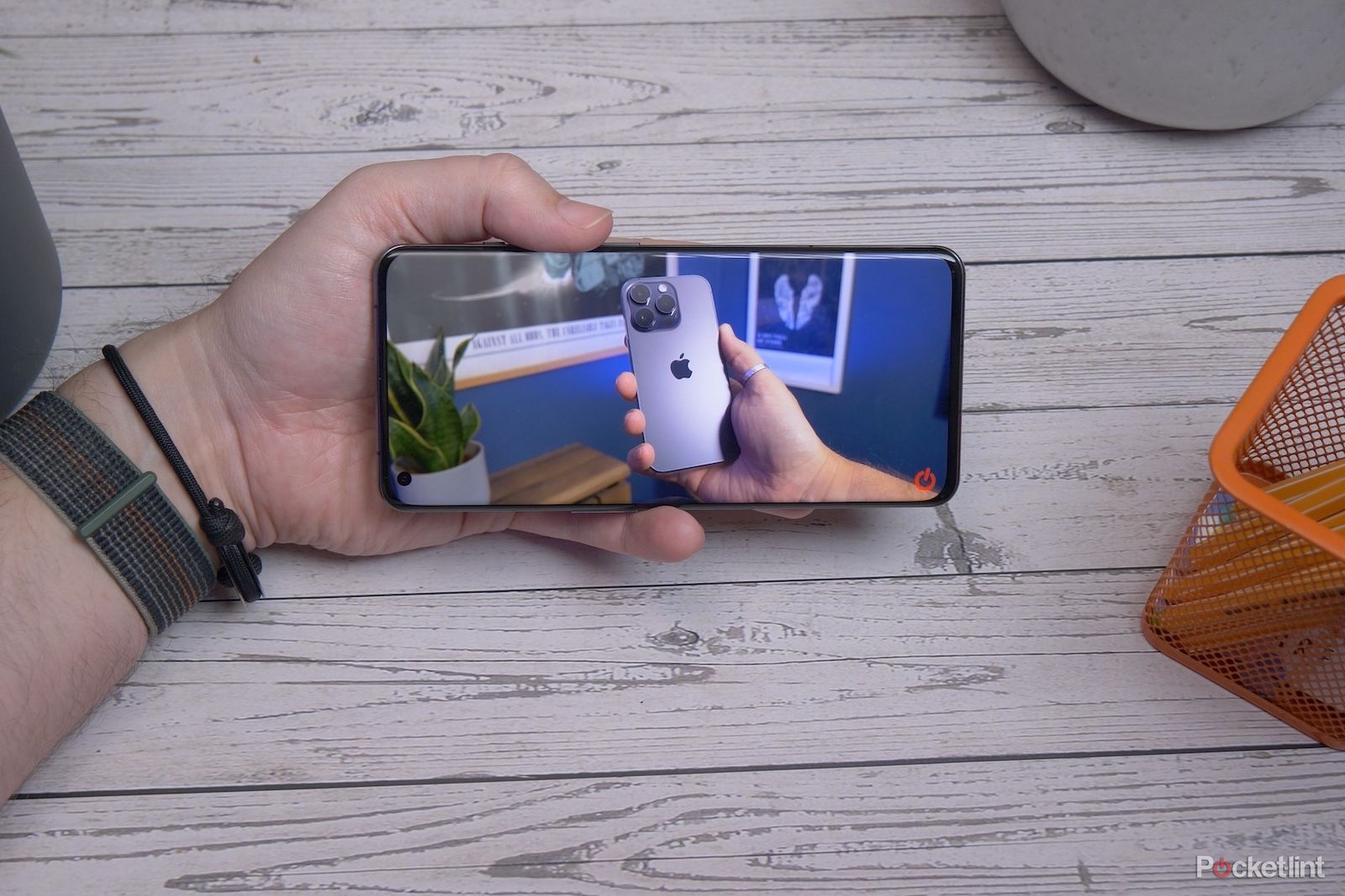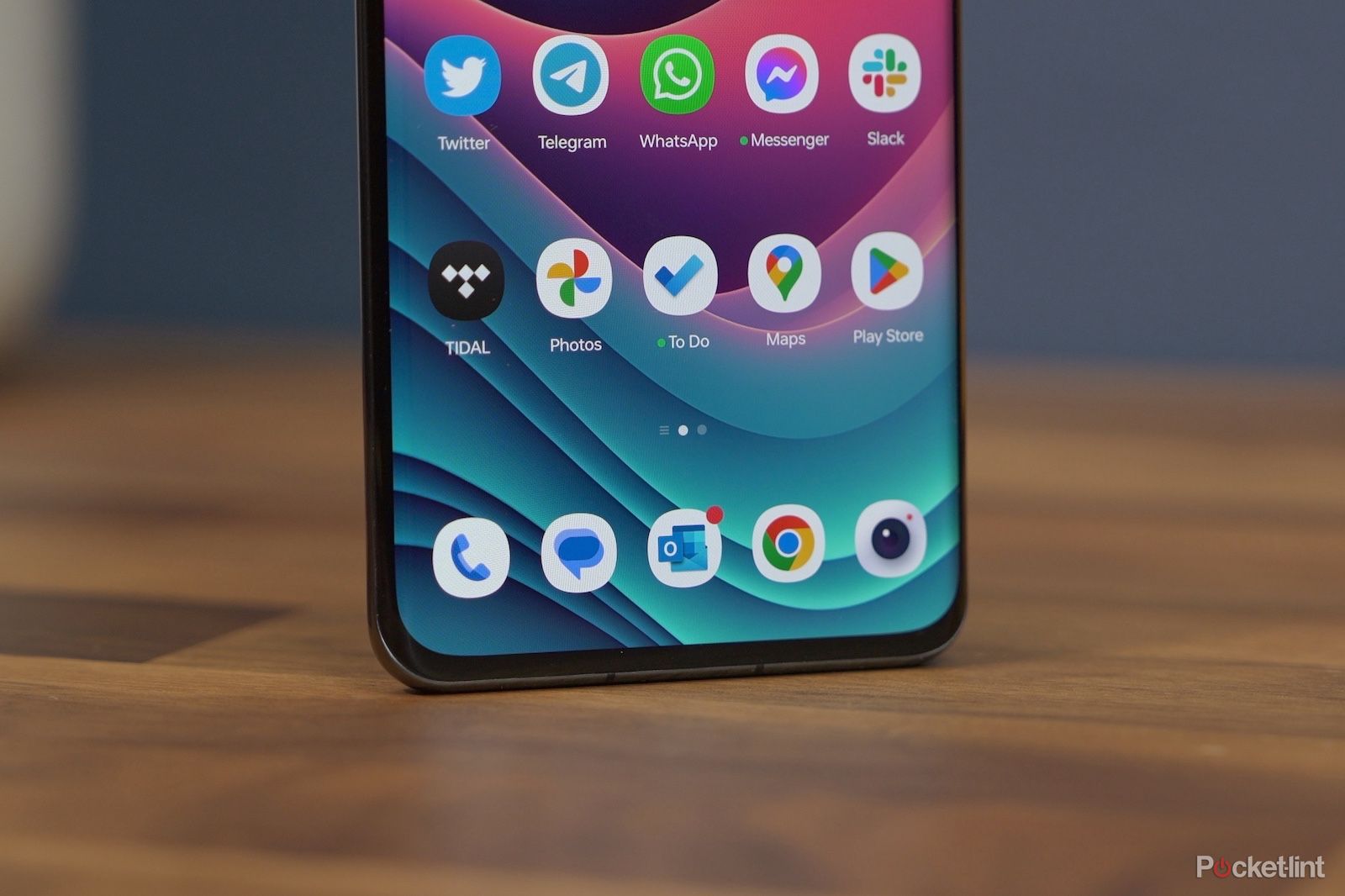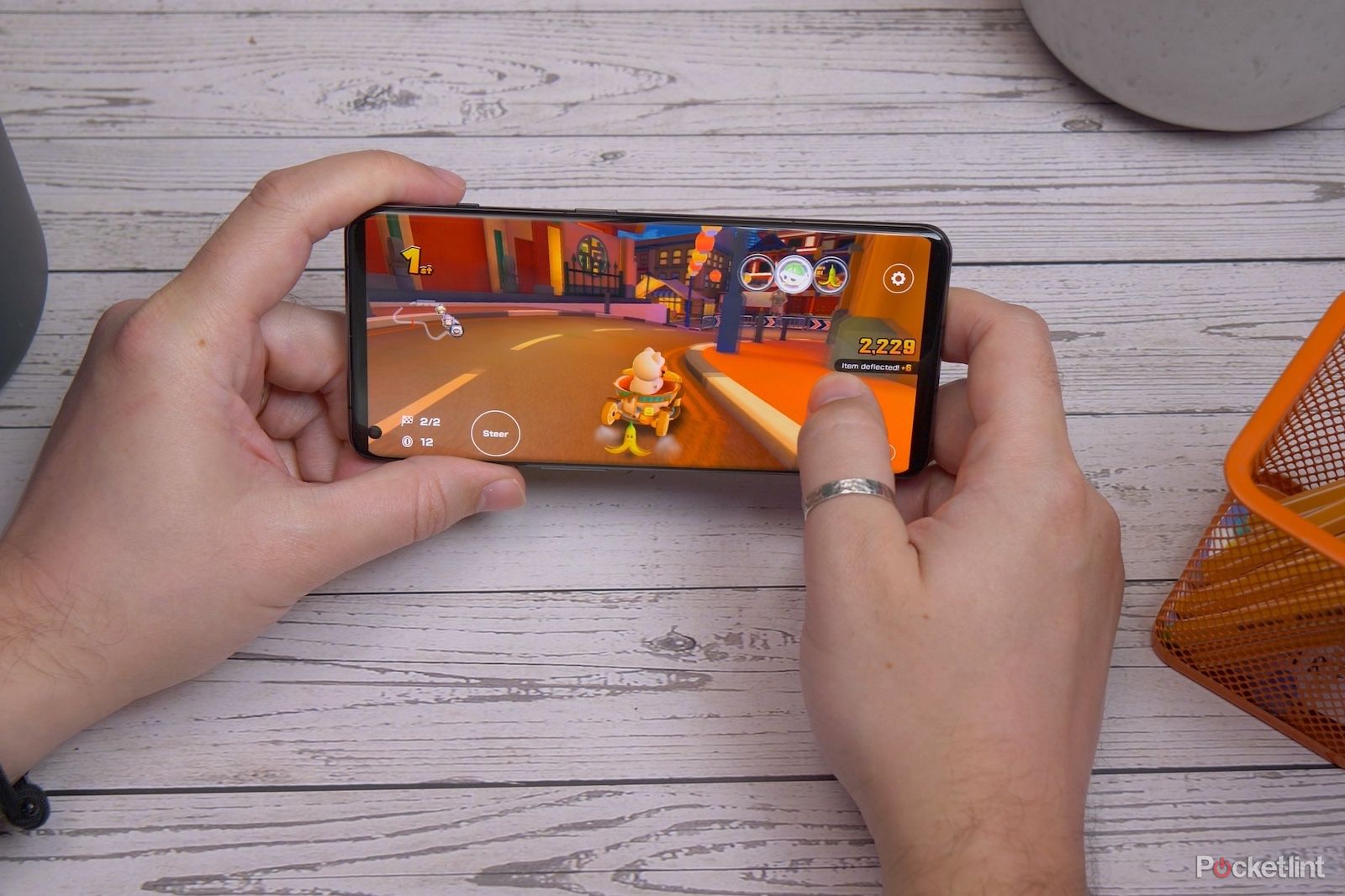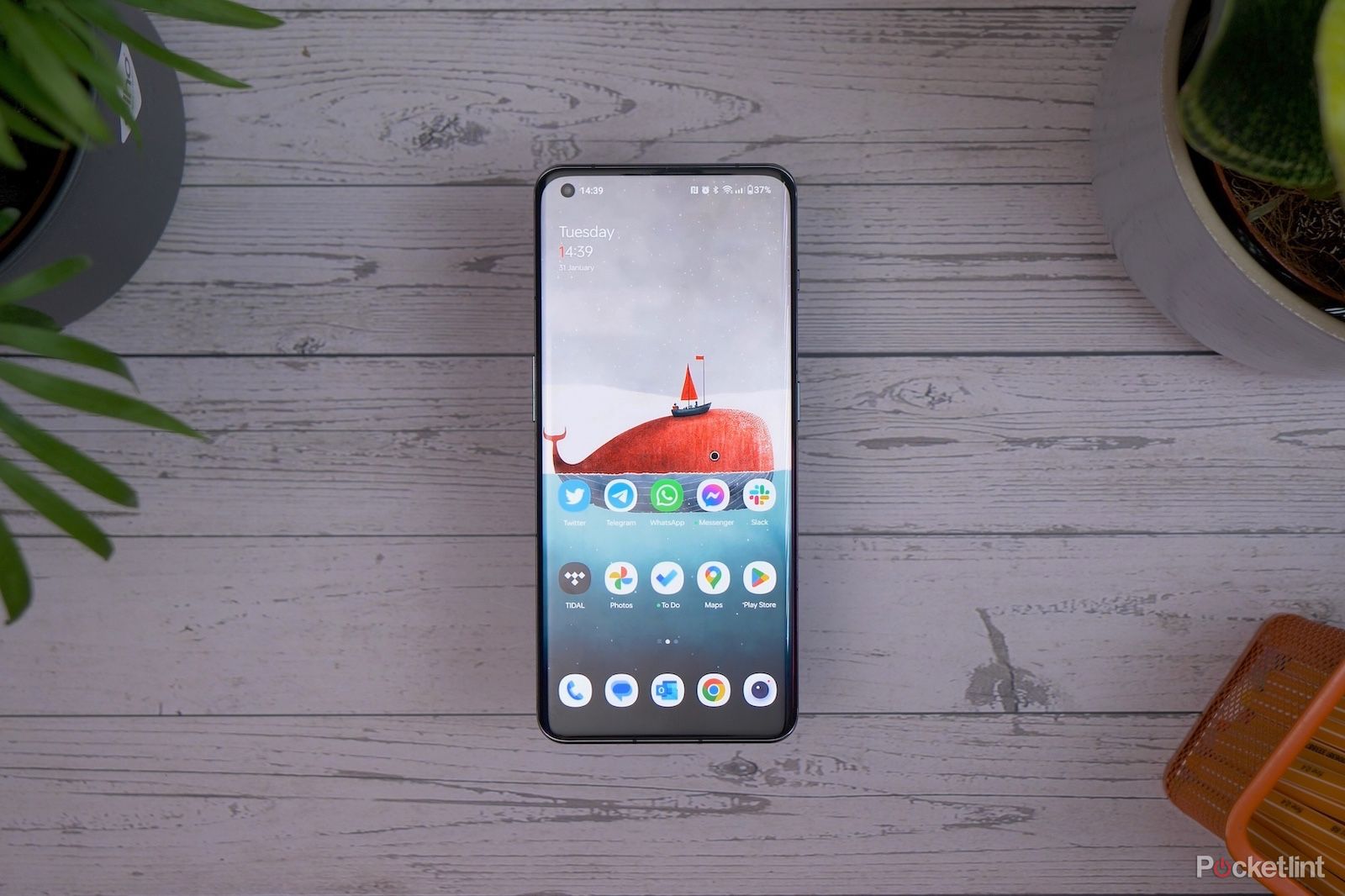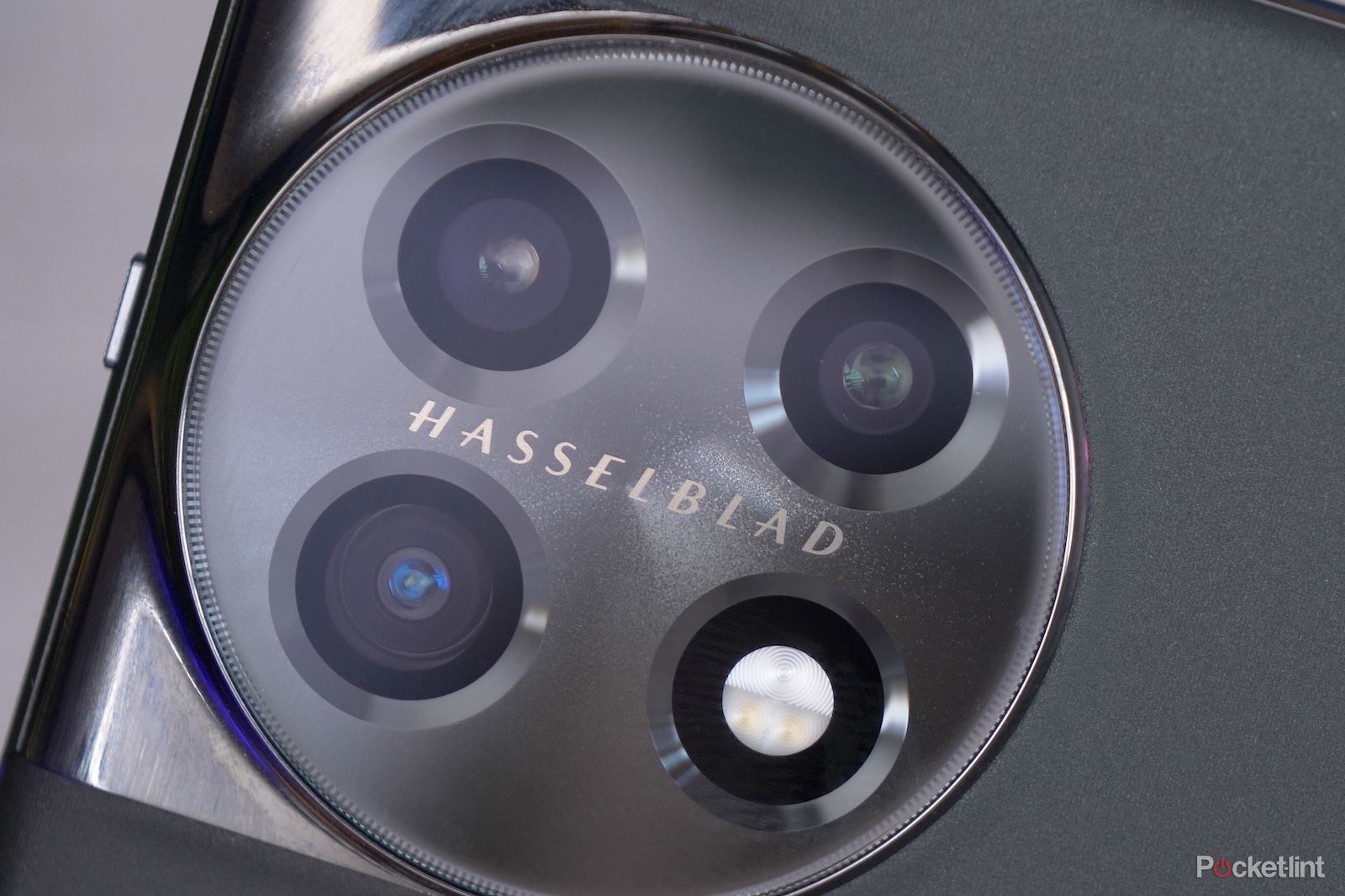Over the past couple of years there have been questions and confusion over OnePlus' evolving brand image. Once the plucky upstart with phenomenally good phones for the money, OnePlus is now fully a sub-brand of Oppo, launching all manner of devices.
Even in its flagship range it's gone from launching the 10 Pro with all the bells and whistles - including wireless charging - to launching the 10T with only some bells and a few whistles, to the latest creation: the OnePlus 11. The Pro naming has gone, and - as a device - it borrows elements from both previous phones to create a device that's something like a happy flagship middle ground.
We've been using it for a few weeks now, and we have some thoughts to share.
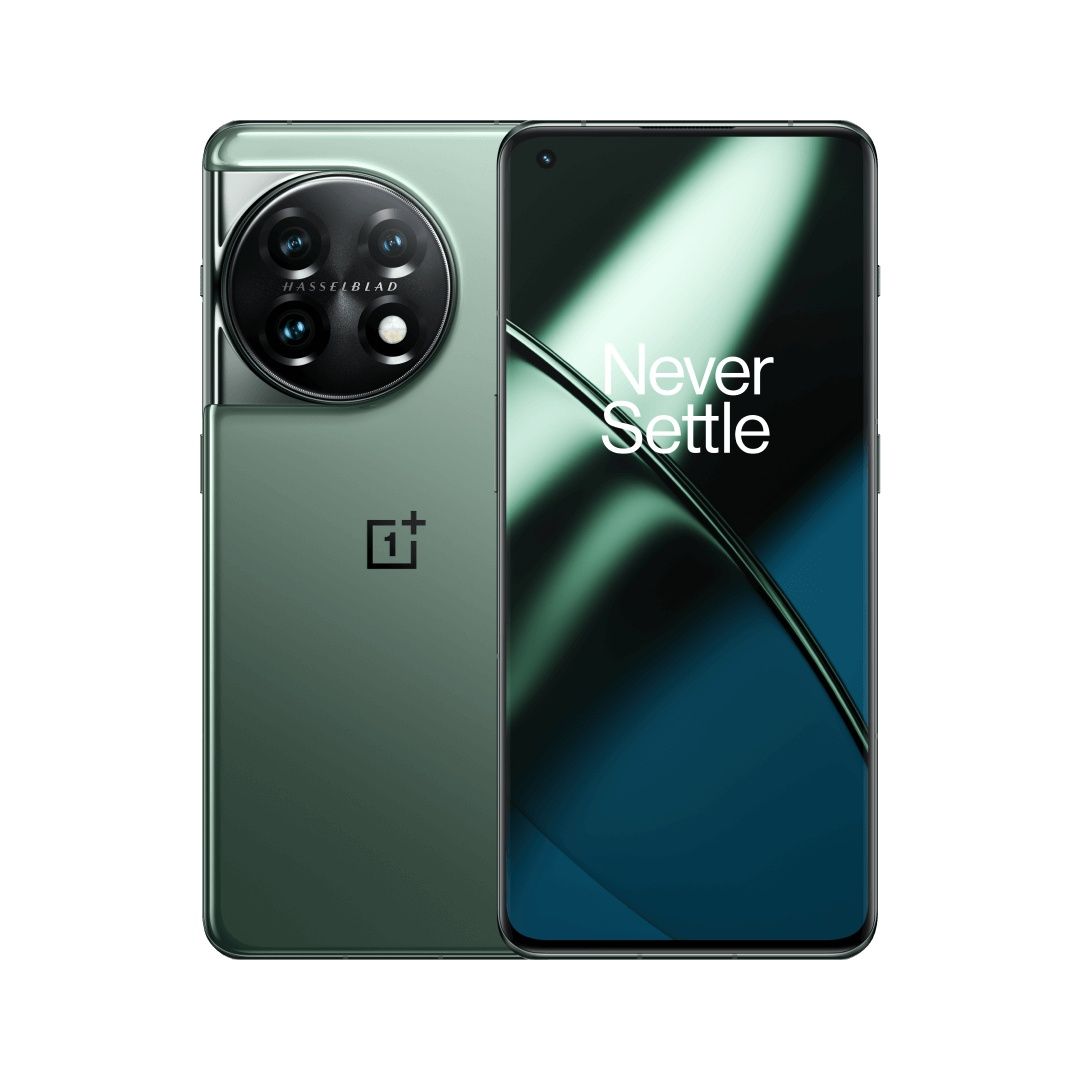
OnePlus 11 5G
Premium flagship at a great price
With the OnePlus 11, the manufacturer stripped a few features down, left us with all the essentials, but does them very well. The latest flagship has a stunning display, speedy performance and a decent camera system. Sure it could do with better water resistance and wireless charging, but overall it's a very good phone.
- Fantastic, bright display with smooth refresh
- Software is customisable and bloat-free
- Strong triple camera system
- Super fast charging
- Questions over glass durability, seems to scratch easily
- Photo results from camera often contrast-heavy/dark
- No wireless charging
Design
- 163.1 x 74.1 x 8.5 mm - 205g
- Gorilla Glass Victus front - Gorilla Glass 5 back
- IP64 dust/water resistance - Green or black colours
OnePlus' journey of self-discovery over the past couple of years has seen the company remove, add and leave features on phones with no definitive sense of direction. At least it does if you include the OnePlus 10T in the story with its lack of alert slider and centrally-placed cutout selfie cam.
The journey seems a little clearer when you look at the steps between OnePlus 9 Pro to today's OnePlus 11, including the 10 Pro in that narrative. From the front, not a lot has changed except for a slimming of bezels on the top and bottom of the display. We've had a similar display with curved edges for a few years now.
It's a similar size, thickness and weight too, and that means it can be a bit cumbersome to hold one-handed. At least it is if you make a habit of resting the phone on your pinky. Holding the phone this way can induce some strain and also makes it hard to reach the elements in the top corners of the display.
Bigger developments are seen on the back where OnePlus moved from a neat, small rectangular housing for the cameras on the 9 Pro, to a large glossy square on the 10 Pro and - for the 11 - it's become a massive circular 'Black Hole'. That is - by the way - the company's name for the camera unit design.
It's a huge, circular island on the back of the phone with a shiny, shimmering surface and Hasselblad's logo front and centre. The island itself has some stainless steel plating reaching around to the side, where it joins with the aluminium frame. A frame which - unlike the 10T's - includes the alert slider switch, for easy switching between ring, vibrate and silent modes.
It's a welcome sight for anyone who's used OnePlus phones over the years and loved the simplicity of this action. There's something very satisfying about having a physical switch for enabling/disabling a function.
One slightly bemusing decision from OnePlus this year is the waterproofing downgrade. OnePlus 10 Pro had IP68 water and dust resistance, matching the big-name flagships on the market in certified moisture resistance. The 11 has stepped things back a little. It's IP64, which means it's not certified for submersion in water, but can cope fine with spray/rain.
This isn't the only questionable area either in terms of durability. We've been testing our own unit for 2-3 weeks ahead of launch. Usually in that time phones wouldn't typically pick up any major marks or scratches, particularly phones with Gorilla Glass Victus on the front. And yet, our OnePlus 11 has already picked up a number of marks in the corners where it goes into our pocket, and a longer more noticeable scratch across the middle of the screen.
We haven't given the phone any special treatment, and - likewise - haven't treated it any differently to any other review phone, and yet the marks are far more noticeable than any phone we've tested over the past 12 months or more. If you want our advice, we'd suggest leaving the pre-applied screen protector on.
As for the rear finish, the texture very much depends on which colour you go for. The black model has frosted, textured glass on the back. We wouldn't call it rough, but it's definitely got a grippy texture that's not completely smooth. The green model - on the other hand - has a shiny glass exterior. We'd suspect that one is quite slippery, given similar finishes we've used from them in the past.
The good news is that neither will show fingerprints all that easily. The black model doesn't tend to pick them up at all thanks to the rougher texture, and the light-diffusing layer under the glossy surface of the green model means they're not all that visible on the green model either.
Display and software
- 6.7-inch LTPO3 AMOLED display - 1440 x 3216 resolution - 525ppi
- 120Hz adaptive refresh rates - 1hz always-on display
- OxygenOS 13 based on Android 13
Over the past few years, the biggest strides in mobile display tech - apart from the obvious flexible folding displays - have all been around adaptive refresh rates. In a relatively short time, we've seen displays adopt 120Hz refresh rates, and also build in the ability to adjust from very low refresh rates to very high. To the point where - after 2022 - there wasn't much that could be done to improve it.
The third-generation LTPO panel in the OnePlus 11 is evidence of this and is very much an incremental update on the OnePlus 10 Pro. It has the same QuadHD+ resolution, similar peak brightness and compatibility with HDR10+ and Dolby Vision content. Like the OnePlus 10 Pro it can also shift from 1Hz to 120Hz, and frame rates in between, adjusting to suit the content on the screen.
Where the third-gen panel differs is that it adjusts its frame rate quicker and more efficiently than the previous generation. You might not ever see this difference with the naked eye, but the idea is that by reducing the time it takes to adjust, it reduces the drain on processing and battery usage. We can't say it's particularly noticeable on that front either, but more on the battery life later.
The display itself - or the bits you can actually see - are just as impressive as they have been on top-tier Android phones for the past couple of years. It's a big, bright and vibrant panel that's a joy to watch all manner of content on. Colours really pop, and yet don't ever feel over the top, or oversaturated. With the QuadHD resolution enabled, text and details are super crisp and sharp too. You will need to switch that one if you want it though, it's set to fullHD+ by default (to save battery).
In the past, OnePlus' AMOLED displays have been a little too eager to push the reds and oranges, to the slight detriment of the display. With the latest, that doesn't appear to be an issue. Colour gamut support is really wide, with lots of depth and brightness. It's not that sterile flat look some people like either. It's eye-catching, and attractive.
For those who do like to adjust colours there is an option within the software to do that. The calibration options within the display settings mean you can choose from a number of different colour profiles, that includes the industry standard Display P3 mode and a 'brilliant' mode for a slightly different take on the default 'vivid' mode. If you want it a bit more muted, you can also choose 'natural' and adjust the warmth slider to suit your preferences.
One area that sometimes flies under the radar - because it's not something you'd often notice - is the auto brightness adjustment. It's been a OnePlus/Oppo strong point in recent years, and the OnePlus 11 delivers again. When light levels change around you, the display quickly and smoothly adjusts the brightness. It's not jumpy but seems to happen in real-time, naturally, when you need it. We haven't had to adjust the brightness manually at all since setting up the phone.
The only real negative is that the display is curved at the edges, and so with some content it can distort/wrap around those edges a little, sometimes tarnishing the viewing experience.
There are plenty of other display features too, many of which have been baked in for the past couple of years. Features like the 'nature tone display' which adjusts the white balance to match the ambient lighting in the room, or the 'eye comfort' mode which kills lots of blue light.
Customisation runs through the core of OnePlus' software as a whole and - although it's realistically a fork of Oppo's ColorOS 13 - there's plenty to like about the company's take on Android.
For instance, in the 'wallpapers & style' menu you can change the wallpaper, and set accent colours in the interface to match it. You can change and customise the always-on display; which now reduces its refresh rate down to just 1hz.
You can completely customise app icons, including shape, size and labelling. Even elements like the quick settings drop-down shade can be customised, as well as the system font, fingerprint animation and the edge lighting that pulses when a notification comes in.
And that's just the appearance. OnePlus leverages Oppo's notification sound system which - with the 'melody' option selected - can ensure you don't just get the same repeating sound when you have several notifications coming through at once. Instead, it uses the chosen instrument to create a pattern of notes, playing a simple phrase instead of the exact same 'ding' every time.
Despite these extras, and the interface, in general, being quite different to the stock Android platform used on Pixel, Sony and Motorola devices, the lightweight touch to software is still clearly there. There aren't any unnecessary pre-installed apps, and the interface just glides easily under the finger.
Performance and battery
- Snapdragon 8 Gen 2 processor - 8GB/128GB or 16GB/256GB
- 5000mAh battery - 100W SuperVOOC fast charging
We've already alluded to the smoothness and responsive nature of the phone. It's a mainstay feature of OnePlus phones. The company's whole brand identity is wrapped around the idea of having a 'fast and smooth' phone. The 120Hz display, matched with a fluid and light software experience combines with a top-tier processor to deliver (probably) the fastest and smoothest phone experience you can get.
It's not just the processor that's seen an increase in performance this year, but the supporting cast made up of the RAM and SSD storage has been bumped too. LPDDR5X RAM is said to offer a 30-percent increase on the RAM used on the OnePlus 10 Pro, while the read/write speeds on the UFS 4.0-based storage have at least doubled.
All of those elements combined mean that virtually every part of the phone's experience is delivered quickly. Whether it's loading up the camera app, downloading and installing games, or booting up your favourite graphically-intense game. You're not left waiting. As a bonus, we rarely felt it get warm either - unless it was plugged in to charge quickly.
Battery life is solid too, with the 5000mAh battery inside more than capable of lasting through to the end of a busy day. We didn't ever experience a feeling of being blown away by its performance, but it was reliable and rarely concerned us.
The good thing is that - because of the 100W SuperVOOC charging - we didn't really have to think about the battery life much at all. Often times we wouldn't plug it in at night and would just wait until we got to the 19 per cent level where the battery icon goes red, and then plug it in. Usually that would be about a day and a half after it was last fully charged.
Because it is so fast we could plug it in for 10-15 minutes and that would get us all the way back up north of 75 per cent again. In fact, a full charge from 1 per cent would only take 25 minutes.
If - however - you never break the routine of charging at night, you can do that safely knowing the battery charging optimiser automatically kicks in to ensure it's not charging too fast for too long. Like other modern smartphones, it will do the first 80 per cent quickly, then ensure the final 20 per cent is done before you typically wake up.
This smart feature works the other way too. So if you plug the phone in when it's getting low in the middle of the day, it'll assume you want a fast top-up and deliver the charge quickly. We had a couple of days where it was running low right before we were due to leave the house, so we were able to give it a quick 10 minutes of juice, and it was good to go for the rest of the day (and then some).
Cameras
- 50MP main - IMX890 - OIS - F/1.88
- 48MP - IMX581 - EIS - ultrawide - 115-degress
- 32MP - IMX709- telephoto/portrait 2x zoom
OnePlus' camera efforts have improved over the past couple of years, and with the OnePlus 11 we think the company has delivered its most complete package to date. There are no junk lenses to be found anywhere. That means no poor ultrawide, no low-resolution macro or depth cameras there to make up the numbers. Each camera has its role, and each features a stronger sensor than we've seen in previous models.
What struck us most about the camera system - however - was the selfie camera on the front of the phone. It seems an unusual place to start, but in the past, results from OnePlus selfie cameras have been so rough and contrast-heavy and over-smoothed. OnePlus 11 has fixed that, and turned it around.



Whether you're shooting in regular photo mode or in portrait mode from the front camera, the result is a photo that looks a lot more natural than previous offerings. Selfies - for this tester's skin tone at least - look very lifelike but still feature enough vibrancy and colour to keep the photo from looking dull.
Edge detection isn't perfect, however, which is something the rear cameras also struggle with, often confusing elements of the subject as being part of the background and blurring them out. Tree branches, stray hairs and the hood on our favourite hoodie all fell victim to this tendency to get it wrong.


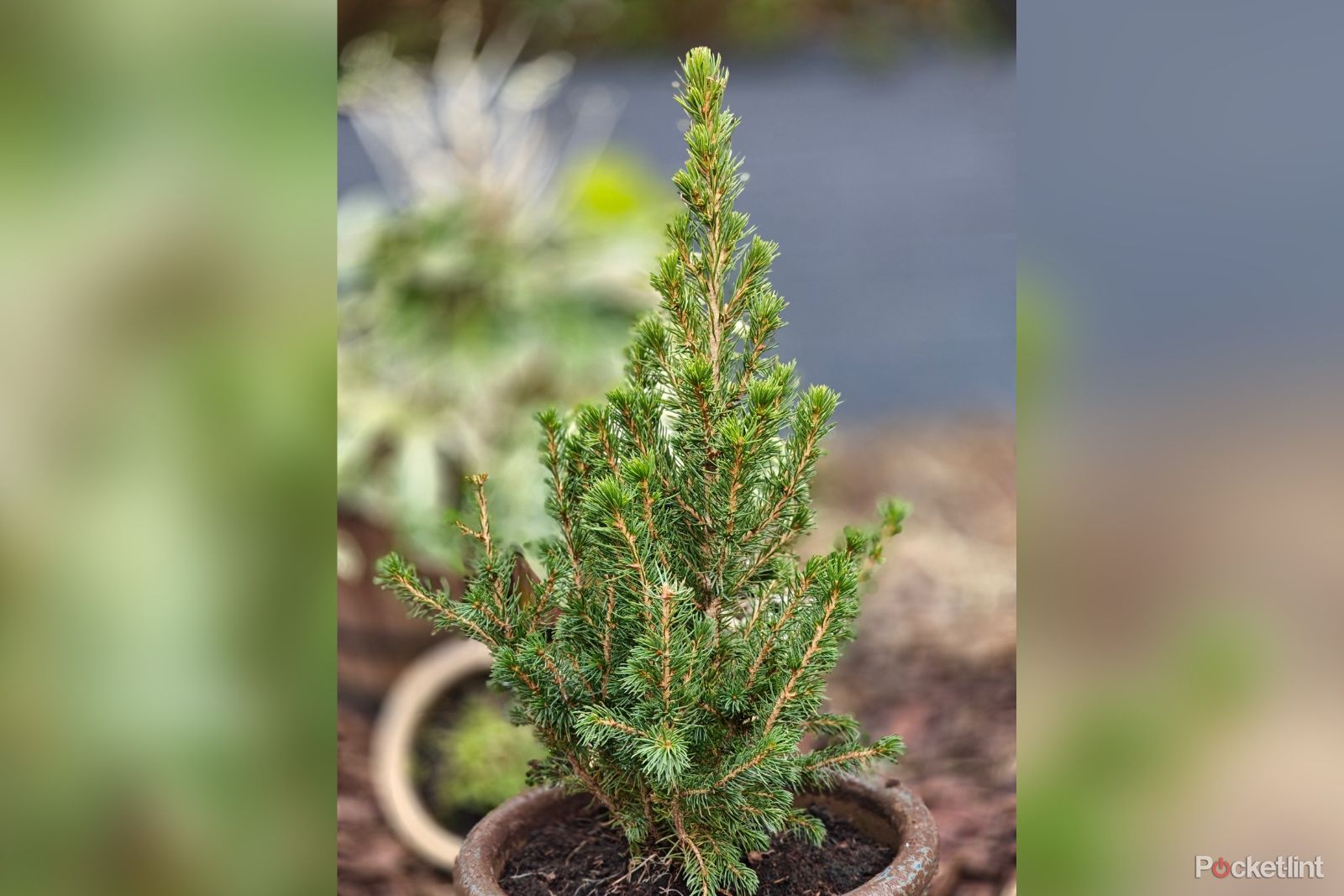
Using the rear cameras in portrait mode, you can switch between the so-called 'portrait lens' which is the 2x zoom camera, and a 'wide' shot, using the main camera. You also get the ability to manually adjust the depth of field effect. With it set to its strongest, it has something of an artificial layered look to it. It does sometimes get edge detection wrong, but generally does a good job of separating the subject from the background, especially if it's a person.


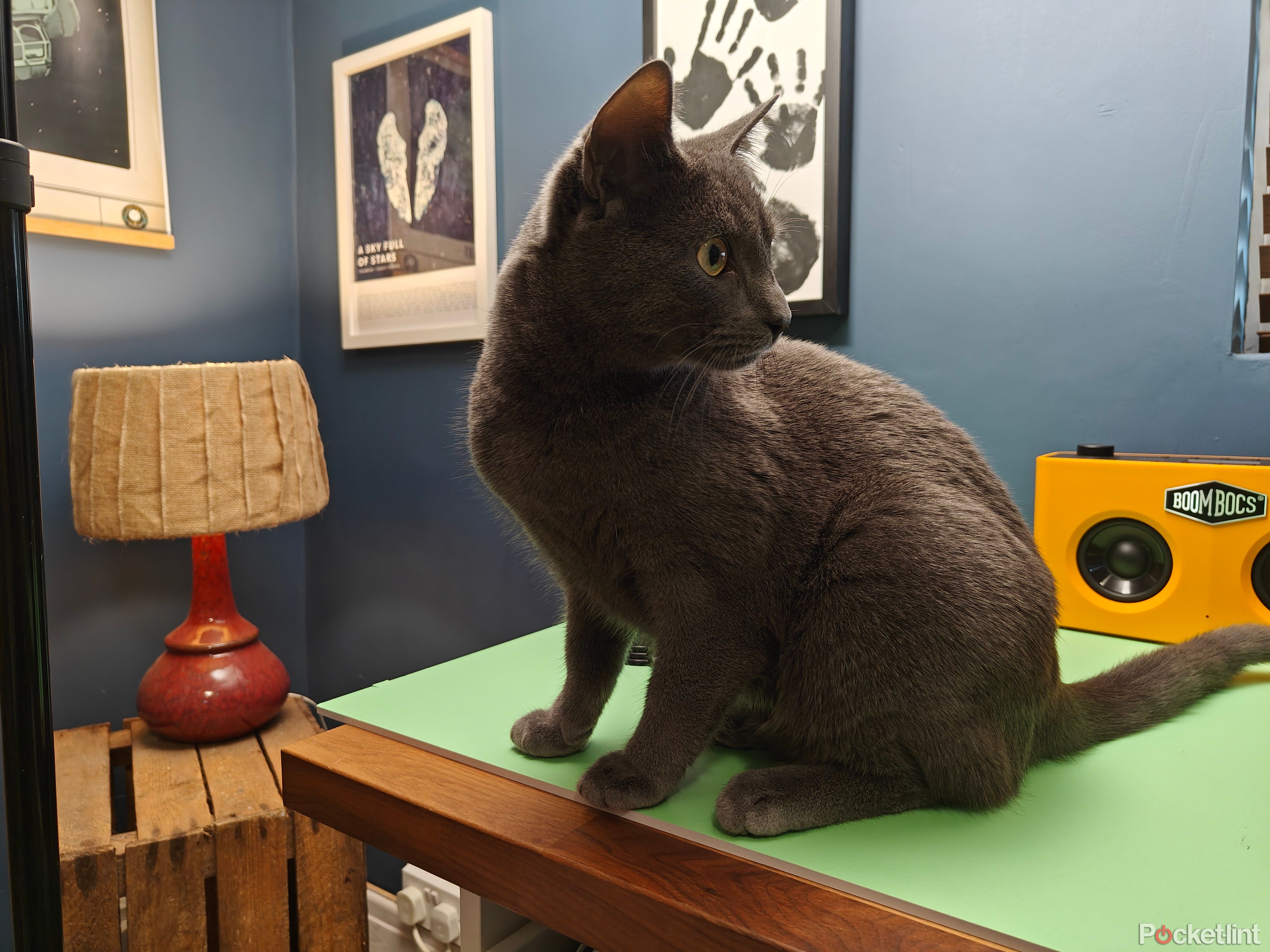
The OIS-equipped primary camera delivers sharp images with good detail and natural depth. With good light levels, outdoor plant life looks vibrant with strong colours, and if it wasn't for some over-sharpening and so-so HDR performance, it would be a fantastic system.
Often images are delivered with a sense that exposure and brightness could be a bit higher, to lift the shadows and stop the over-darkened colours in places. Likewise, we'd often find that with contrasting light levels - bright skies/light reflecting off objects - that the HDR didn't do enough to even those out. Instead delivering an image that was too contrast-heavy, and with that look of artificial sharpness and dark shadows that stop objects from looking truly lifelike.
The zoom camera does give you a good amount of versatility, however, offering up to 20x zoom digitally. Granted, the level of sharpness and detail does fall off quite a lot by the time you get to the 20x limit, but it's not horrendous and more than usable when it's needed to get closer to the action.
The same colour and contrast characteristics are seen in pretty much any condition when shooting in the default automatic mode. Shooting indoors with lower light delivers slightly dark images, with high contrast, but good levels of detail on the areas in focus. Even the fur of our favourite feline companion looked good detail-wise, and that can often be a problematic texture for smartphone cameras to process.



At nighttime - using either auto or 'night' mode - it's the same story. There's a sense that dark areas are too dark and could do with a little lift to show more detail and texture, while that dark contrasting with the light areas creates a similarly contrast-heavy look with unnatural over-sharpening.
The plus side to all of this is that when you compare images from all three cameras, OnePlus has done a decent job of ensuring the results at least match each other in terms of colour, contrast. So it's a very consistent end product.
Verdict
In an everyday performance sense, the OnePlus 11 5G is the most complete flagship OnePlus phone experience the company has delivered so far. The display is genuinely fantastic, with great detail, colours and refresh rates, plus the phone is fast, has great bloat-free software and very speedy charging.
If it wasn't for our concerns about how easily the glass scratches on the curved display and the slightly contrast-heavy results from the cameras, it would be close to perfect. If you are considering buying it, we would also very much recommend looking at the latest Google Pixel family too. The smaller of the two offers a flat display, plus both Google phones are also more water and dust resistant and have stronger camera results, and pricing isn't all too dissimilar between the three.
As a standalone product though, there are few that deliver the experience offered by OnePlus at this price. Its combination of fluid, bloat-free and customisable software and a guarantee of four major software updates, means it won't be great for just one or two years, but should last you a good while. But, if the current trend of small incremental improvements to devices continues for the next few years, you may not want to upgrade it anyway.


